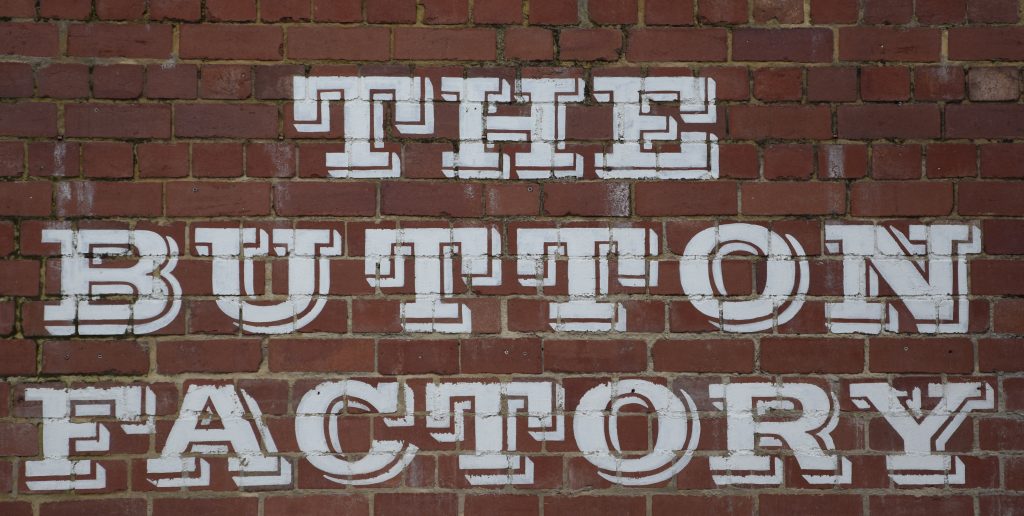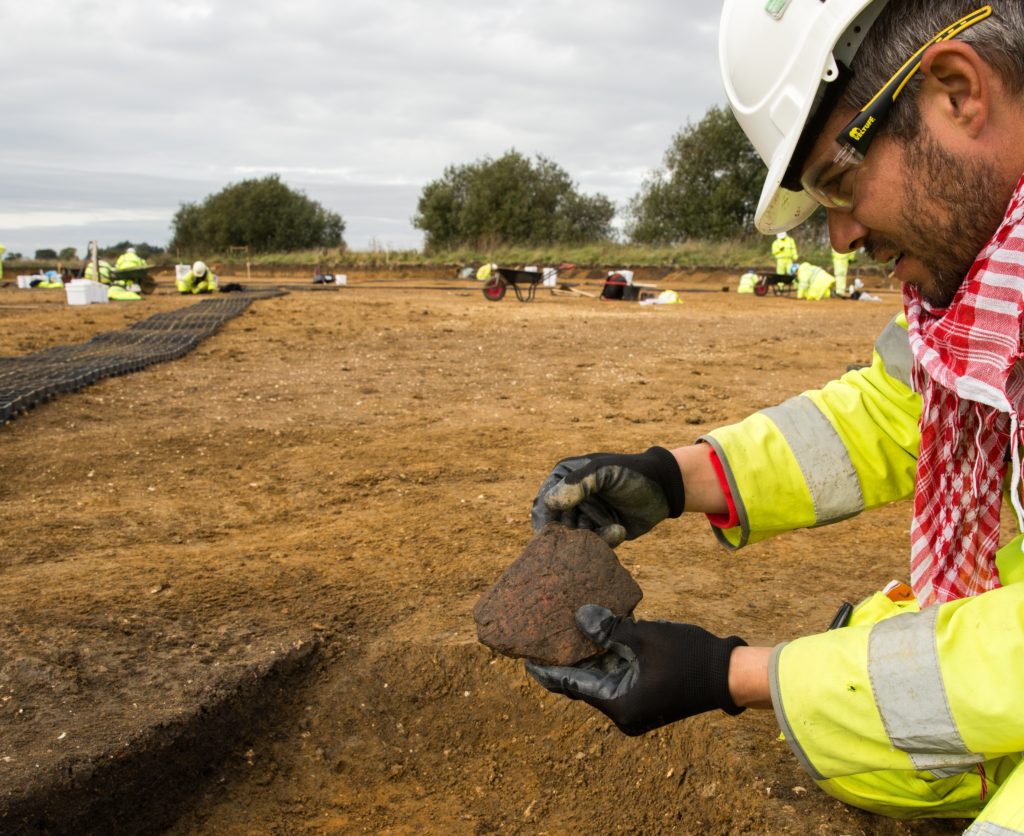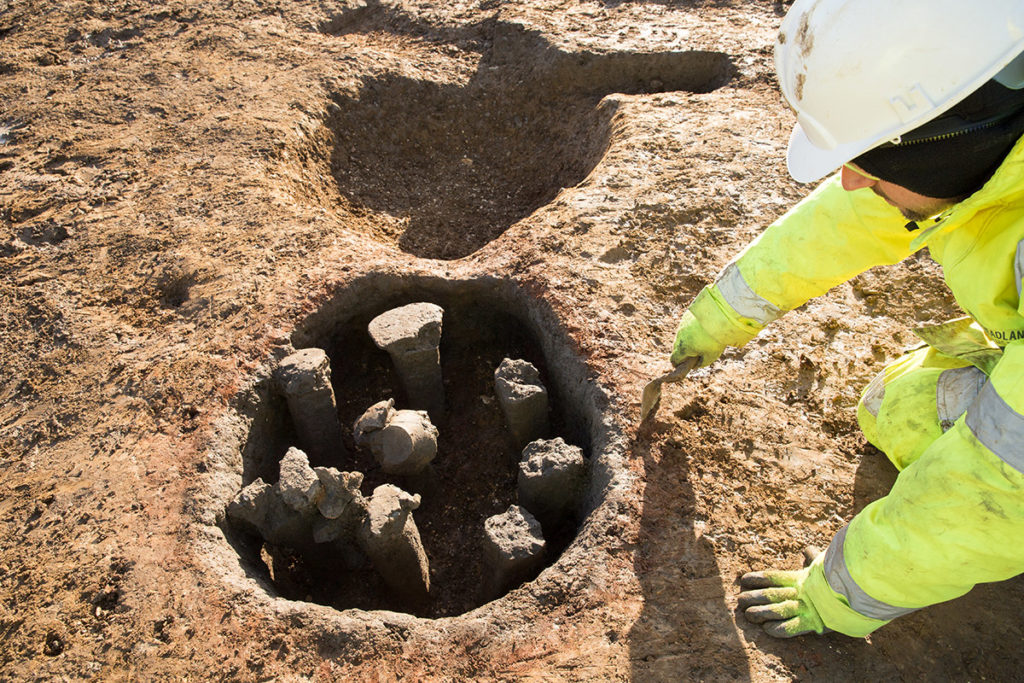In: infrastructure

Archaeological excavation at Park Street burial ground underway
November 22, 2018Archaeological excavations at the site of the 19th century Park Street burial ground in Birmingham are up and running. Part of wider archaeological investigations taking place along the Phase One stretch of the HS2 rail route, the Park Street site is located on what will be the Birmingham Curzon Street…
Read More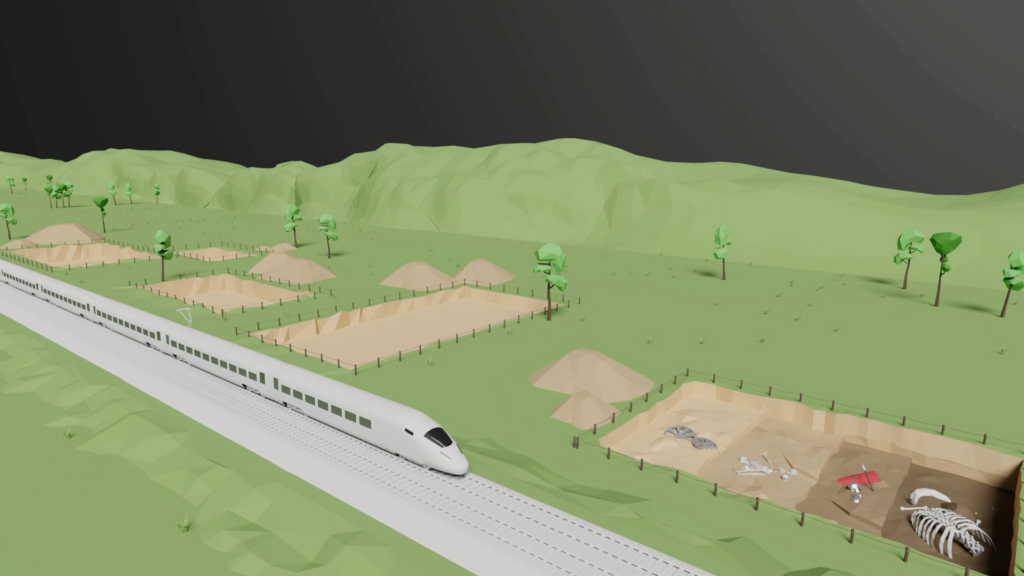
Full steam ahead for HS2 archaeology programme
October 26, 2018Today, HS2 announced their archaeology programme: the largest archaeological project to have ever taken place in the UK. Over 1,000 archaeologists and other specialists are working across 60 sites along the 150 mile route. Exploring over 10,000 years of Britain’s history the project is an unprecedented research opportunity. For full…
Read More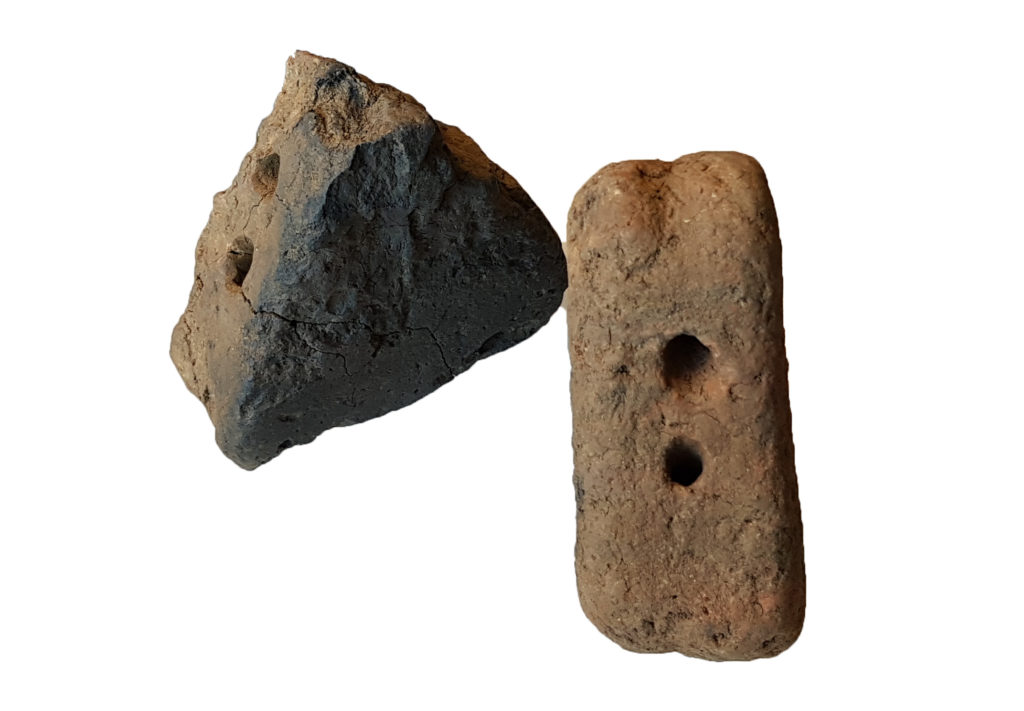
Archaeological finds: A human connection to the Cambridgeshire landscape through time
October 10, 2018Once finds have been carefully lifted from the ground, they immediately begin their journey through the post-ex process. We carefully bag and label them, which means that when they arrive at our processing facilities, we still know exactly which layer they came from or which feature they were found in…
Read More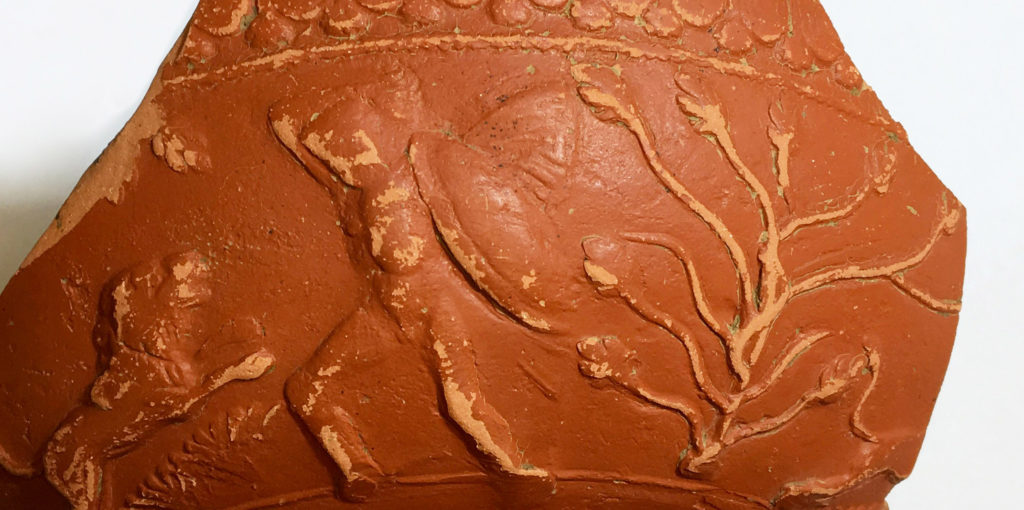
A potted history of Cambridgeshire: Ceramic finds from the A14C2H
September 26, 2018Excavations for the A14 Cambridge to Huntingdon Improvement Scheme have produced enormous quantities of pottery – nearly four tons, in fact, at our last estimate! Over the coming year, MOLA Headland Pottery Specialist Adam Sutton and a team of 9 other experts will sort through these finds and figure out…
Read More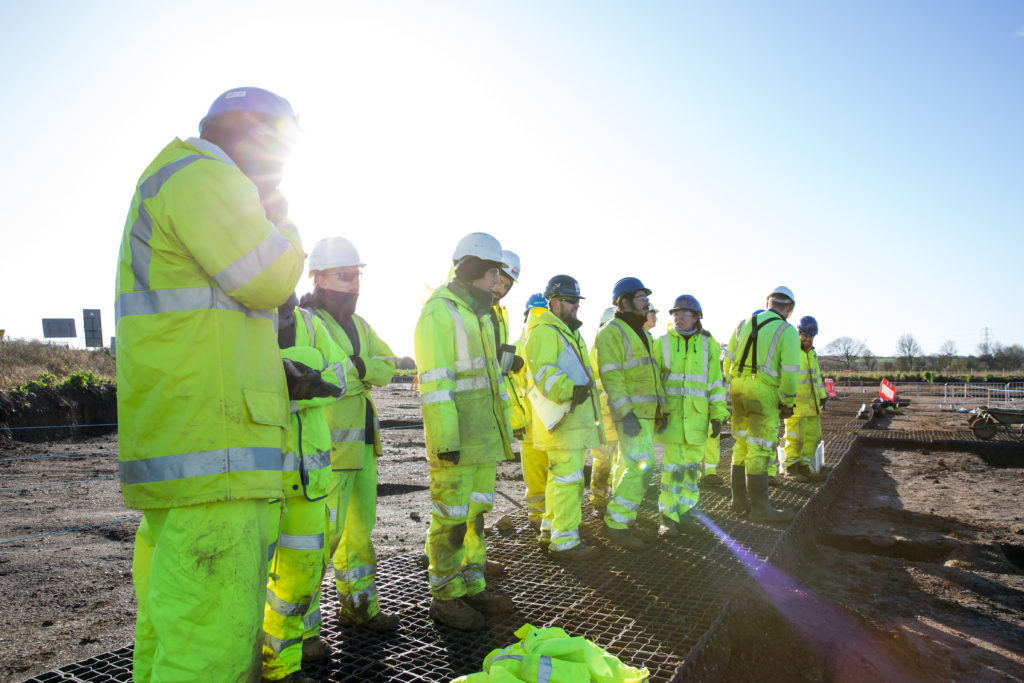
From dig to desk: the story of the A14C2H archaeology programme is just beginning
September 13, 2018As the excavations on one of the UK’s largest ever archaeological projects draw to a close, we now start the huge challenge of pulling the results together, to paint a more detailed picture of over 6000 years of history. The archaeology programme of the A14 Cambridge to Huntingdon improvement scheme…
Read More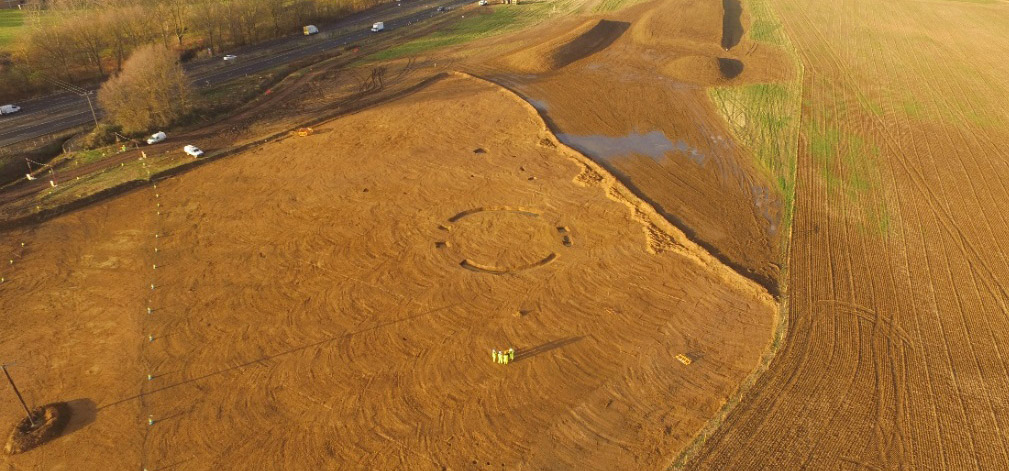
Five favourite archaeological features from of the A14 Cambridge to Huntingdon improvement scheme
July 23, 2018An archaeological feature is an aspect of the archaeology that can be seen in the ground but isn’t movable unlike a brooch or piece of pottery for example, which is classed as a find. Examples of features are walls, pits and ditches. So, what do features tell us that finds…
Read More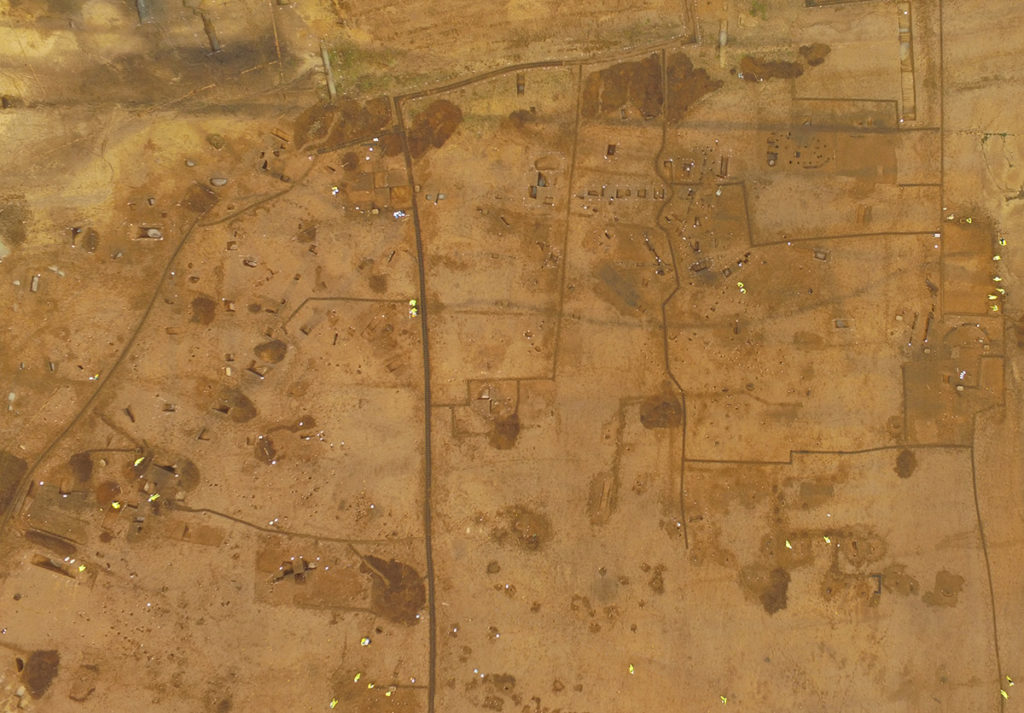
Discovering Deserted Medieval Villages on the A14 Cambridge to Huntingdon Improvement Scheme
June 13, 2018The footprints of entire ancient settlements have been uncovered across Cambridgeshire during the archaeology programme of the A14 Cambridge to Huntingdon improvement scheme. Our archaeologists have uncovered tonnes of prehistoric pottery, excavated three of the largest Anglo-Saxon settlement areas ever investigated in Cambridgeshire and discovered evidence of revolutionary Roman technologies…
Read More